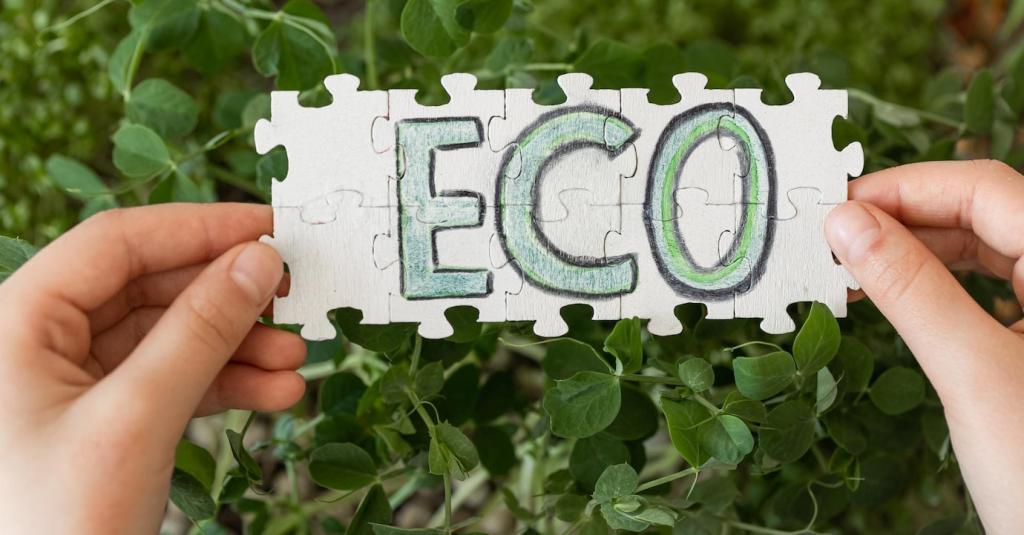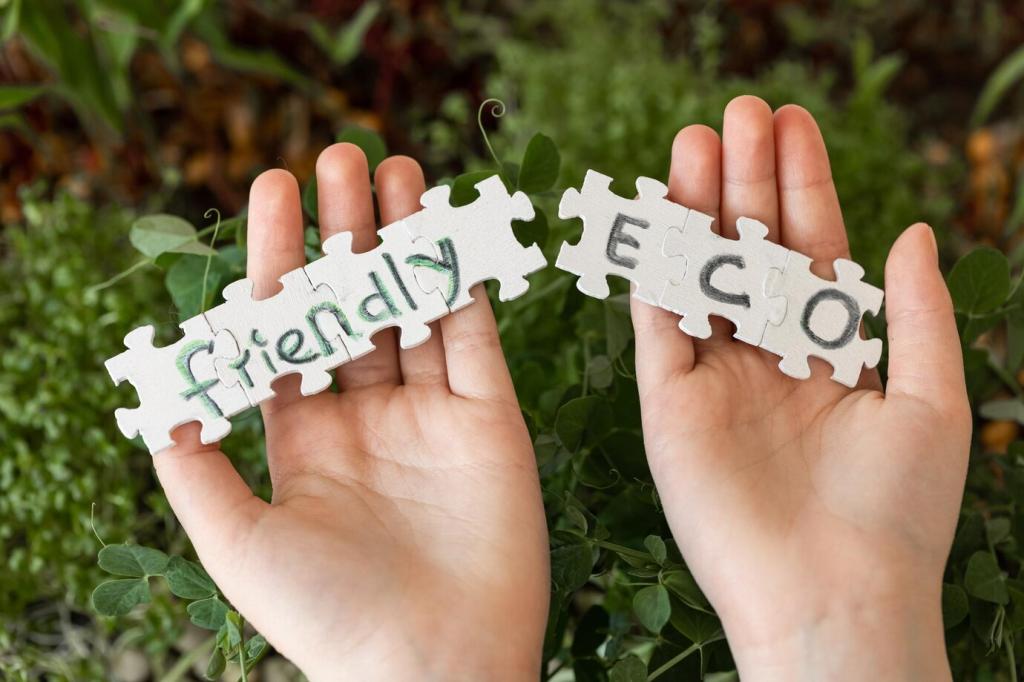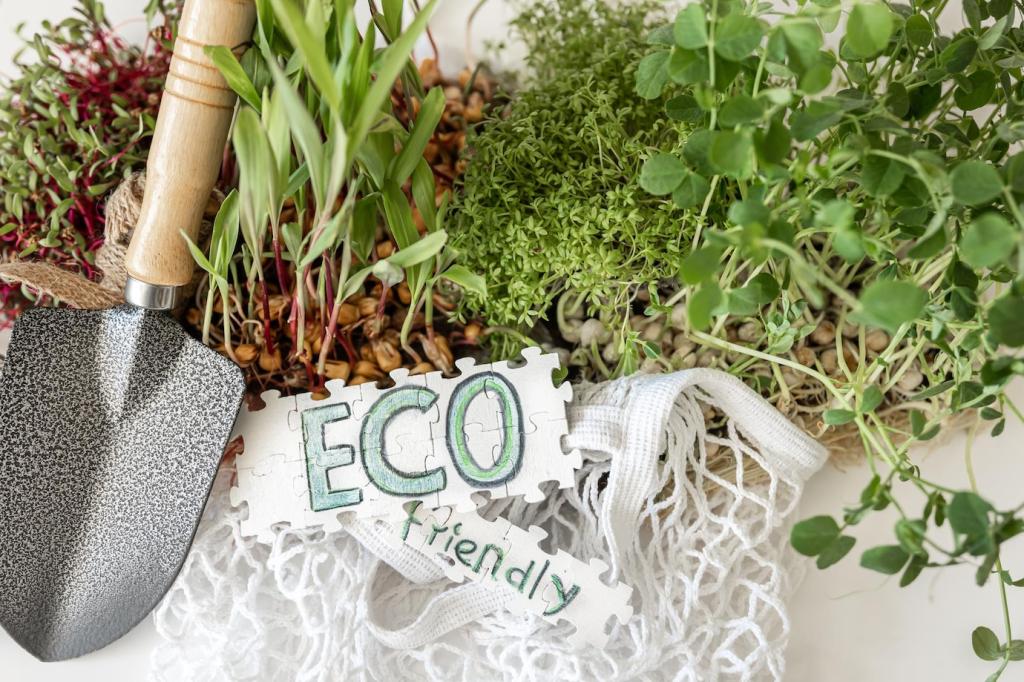Recycled Materials for Furniture Protection: Smart, Sustainable Ideas
Chosen theme: Recycled Materials for Furniture Protection. Welcome to a practical, creative guide to shielding your furniture with upcycled, planet-friendly solutions that look good, work hard, and invite you to try, share, and subscribe for more sustainable protection hacks.
Why Recycled Protectors Beat Buying New
The science behind softness and strength
Recycled felt from PET bottles compresses under load to spread pressure, reducing dents and micro-scratches on floors and legs. Layered cardboard cushions impacts by absorbing kinetic energy along its corrugations, while cork’s cellular structure grips surfaces to prevent sliding without leaving marks.
A moving-day story that proves the point
When I moved my oak table, a stack of grocery-box cardboard and an old denim leg saved the corners from scuffs. The improvised pads slid easily over tile, reduced vibration on stairs, and cost nothing, proving that thoughtful reuse can outperform rushed purchases in the real world.
Join the conversation and share your wins
Have you turned packaging or worn-out clothes into reliable protectors? Tell us what worked, what failed, and what surprised you most. Comment with a photo, and subscribe for monthly challenges that turn household leftovers into durable furniture-saving upgrades.
Sourcing safe, sturdy materials
Look for recycled PET felt labeled as made from bottles, often sold as automotive or acoustic felt offcuts. Avoid mixed fibers that shed excessively. If buying is not an option, ask local upholsterers or makerspaces for remnants destined for the bin and give them a second life.
Cut, stack, and bond like a pro
Trace furniture leg shapes on felt, then cut slightly larger to allow compression. For heavy pieces, stack two layers with water-based contact adhesive. Press under a book overnight. Round the edges with scissors to reduce catch points and keep the pad from peeling prematurely.
Attachment and long-term testing
Clean the leg bottoms with alcohol, then apply a thin adhesive layer or strong double-sided tape. Test on an inconspicuous area for residue. After one week, check wear patterns, rotate pads if needed, and share your results so others can refine their recycled felt techniques.
Upcycled Denim Guards for Corners and Legs
Cut right-angle denim triangles with a doubled layer, then add a small elastic loop to pull the guard tight. The diagonal weave helps distribute impact across the fabric, preventing a single tear point and delivering reliable protection without bulky foam or plastic.
Upcycled Denim Guards for Corners and Legs
Use a zigzag stitch around edges and reinforce stress points with bar tacks. If you lack a machine, try strong hand-sewn saddle stitches with waxed thread. A neat hem keeps the denim from fraying while lending a crafted look you won’t mind leaving on display.



Slice clean wine corks lengthwise with a serrated knife, then glue slices onto a cardboard base in a brick pattern. The cork faces provide micro-grip and airflow; the cardboard core absorbs shock. Seal edges lightly with water-based varnish to prevent flaking.

Cork slows moisture transfer and helps prevent trapped condensation under planters or vases. Add a thin beeswax layer to the cork surface to repel minor spills without turning it slippery. Always test on a hidden spot to confirm compatibility with your furniture’s finish.

Have a jar of corks waiting for purpose? Try this hybrid shield and report back: Did it stop ring marks? Did it grip glass? Post your results and subscribe for printable templates that make cutting and spacing faster and more consistent.
Recycled Rubber and Yoga Mat Floor Sliders
Seek recycled rubber tiles or tire tread strips from community exchanges. Avoid heavily contaminated pieces. Yoga mats made from TPE or natural rubber offer grip and gentle flex. Clean with mild soap to remove dust that could scratch floors during movement.
Recycled Rubber and Yoga Mat Floor Sliders
Cut large ovals or rounded rectangles, then bond a felt layer beneath for ultra-smooth sliding on hardwood. For heavy appliances, stack rubber over cardboard to pair grip with compressive cushioning. Label each slider for the room to keep your kit organized for future moves.


Sunlight, Dust, and Moisture: Textile Shields
Line the sunniest sides of shelves with trimmed blackout fabric from old drapes. Attach with removable painter’s tape or magnetic strips on metal shelving. This helps minimize fade lines on books and furniture edges without introducing plastic films that can trap heat.


Sunlight, Dust, and Moisture: Textile Shields
A retired wool blanket makes an excellent breathable dust cover for stored furniture, wicking humidity while cushioning accidental bumps. Avoid airtight wraps unless transporting through rain. Breathable protection reduces the risk of finish clouding and hidden moisture buildup.
Build a Reuse-First Protection Kit
Checklist from real homes
Include PET felt pads, denim corner sleeves, cork-cardboard tiles, rubber sliders, painter’s tape, alcohol wipes, and a fabric marker. Add labels so family members know which protectors suit which furniture. A small investment of time prevents last-minute scraping and stress.
Fast wraps for emergencies
Keep two long denim strips and a wool scarf for quick tie-on leg wraps when guests arrive and you need to rearrange seating. These wraps protect both the legs and the floor, buying time until you can apply permanent recycled felt pads later.
Swap, share, and learn
Host a neighborhood protector swap: corks, mat offcuts, and fabric remnants change hands and become useful again. Share photos in the comments, and subscribe to join our quarterly reuse challenges with prizes for the most creative furniture-saving idea.
Care, Cleaning, and End-of-Life
Keep protectors performing
Vacuum felt pads monthly to remove grit that can turn them abrasive. Refresh denim guards with a quick wash and air-dry. Wipe cork surfaces with diluted vinegar, then buff with beeswax to restore gentle water resistance without synthetic residues.
Responsible retirement
Separate components before disposal: cardboard to paper recycling, clean cork to compost or specialized collection, PET felt to textile recycling if available. Document your process and share local resources so others can keep materials circulating effectively.
Stay connected for smarter reuse
Have a question about adhesives or finish compatibility? Ask in the comments and subscribe for tutorials, product-free alternatives, and expert interviews dedicated to recycled materials for furniture protection that genuinely safeguard your home and the planet.
